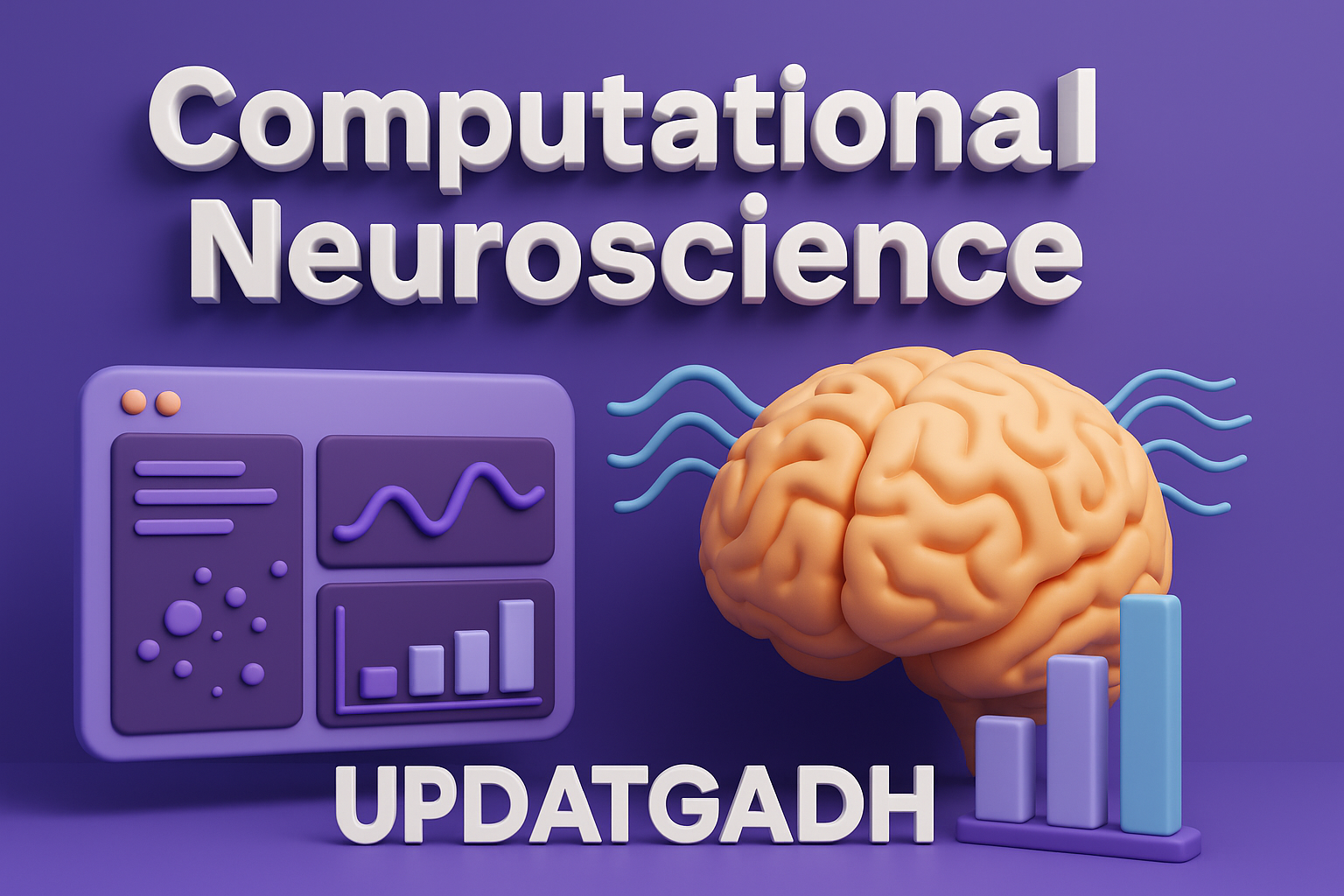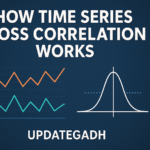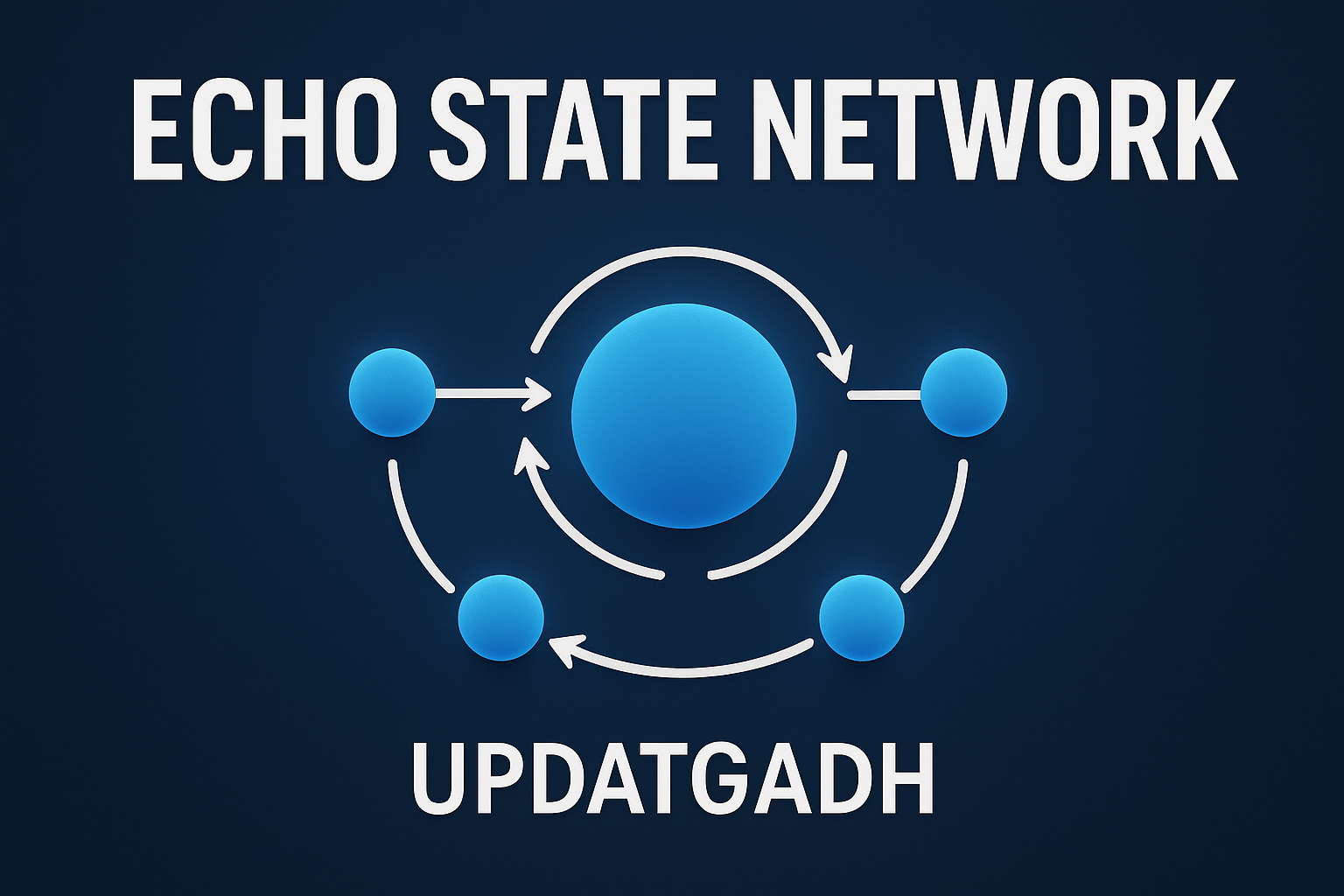

Computational Neuroscience
Computational Neuroscience
Introduction
What is it that allows the brain to perceive, decide, remember, and act? This fundamental question lies at the heart of neuroscience. While traditional neuroscience has shed light on the anatomy and physiology of individual neurons and brain regions, it still struggles to explain how these elements come together to form consciousness, thought, and behavior. Computational neuroscience—an interdisciplinary field combining biology, mathematics, and computer science—aims to bridge this gap.
Machine Learning Tutorial:-Click Here
Data Science Tutorial:-Click Here
Complete Advance AI topics:-CLICK HERE
DBMS Tutorial:-CLICK HERE
1. Unlocking the Mysteries of Brain Function
The brain is a highly complex and interconnected organ. To understand how it processes sensory input, stores memories, or makes decisions, we need more than descriptive studies—we need models that can simulate its function. Computational neuroscience builds these models using mathematics and computer algorithms, allowing researchers to test theories, predict behaviors, and explore how various components of the brain interact.
These simulations serve as powerful tools to study brain function under both normal and altered conditions, helping us decode mechanisms underlying perception, learning, and decision-making.
2. Bridging Theory and Experiment
Modern neuroscience produces enormous volumes of data thanks to advanced techniques like fMRI, electrophysiology, and optogenetics. Interpreting this data meaningfully is a challenge.
Computational neuroscience serves as a bridge between data and theory. It distills complex datasets into patterns, predictions, and principles, which can then be verified through experimentation. For example, neural circuit simulations help scientists understand how attention and memory emerge from distributed brain networks—insights that are often difficult to extract from experiments alone.
3. Advancing Brain-Machine Interfaces and Neuroprosthetics
One of the most impactful applications of computational neuroscience is in the development of brain-machine interfaces (BMIs) and neuroprosthetics. By decoding neural signals that represent movement or intention, researchers can build systems that allow individuals with paralysis or amputations to control external devices such as robotic limbs or computers.
These technologies rely on computational models to interpret brain activity and convert it into actionable commands. As a result, they not only restore lost functions but also pave the way for enhanced human-computer interaction.
4. Decoding Cognitive Processes
Understanding how the brain makes decisions, maintains focus, or processes emotions is one of the biggest challenges in neuroscience. Computational models simulate these cognitive functions at multiple levels—from single neurons to entire brain networks.
By modeling interactions among brain regions, researchers can better understand how attention, memory, and reasoning arise. These insights are not only crucial for neuroscience and psychology but also instrumental in developing AI systems that mimic human cognition.
5. Leveraging Big Data and Machine Learning
With the advent of high-throughput technologies, neuroscience is increasingly data-driven. Computational neuroscience leverages tools from machine learning, data analytics, and neuroinformatics to analyze large-scale brain data.
Projects like the Human Connectome Project depend on these techniques to map the brain’s connections and identify patterns related to function or disease. By applying statistical and machine learning methods, researchers can discover new insights into how the brain works—and how it malfunctions.
6. Predicting Brain Activity and Interventions
Unlike traditional experiments that focus on what has already occurred, computational models allow scientists to predict how the brain will respond under new conditions. These models are invaluable in testing the potential impact of drugs, surgeries, or therapies on brain activity.
This predictive capability supports personalized medicine, where treatments can be tailored to an individual’s specific neural characteristics. For instance, simulations can help optimize deep brain stimulation for Parkinson’s disease, enhancing both safety and efficacy.
Core Areas of Computational Neuroscience
Computational neuroscience spans a variety of focus areas, each critical for understanding different aspects of brain function. Some of the key domains include:
1. Neural Coding
This area explores how neurons represent and transmit information through electrical activity or spike trains. For instance, how does a neuron encode the sound of a voice or the sight of a moving object? Models in neural coding attempt to decode this language of the brain.
2. Neural Dynamics
Neural dynamics focuses on the temporal behavior of neurons and networks. Using concepts from dynamical systems theory, researchers analyze brain activity patterns such as oscillations and synchronization. These dynamics are crucial for functions like attention, motor control, and consciousness.
3. Synaptic Plasticity and Learning
This area examines how neurons adjust their connections in response to activity, a process known as synaptic plasticity. Computational models simulate these changes using principles like Hebbian learning, which helps explain how learning and memory are encoded in the brain.
4. Artificial Neural Networks
Inspired by biological brains, artificial neural networks (ANNs) are at the heart of modern AI. More advanced models, like spiking neural networks (SNNs), incorporate time-based dynamics, closely mimicking the behavior of real neurons.
5. Cognitive and Systems Neuroscience
Researchers in this area model higher-level brain functions such as memory, decision-making, and consciousness. These models help uncover how various brain regions work together to produce complex cognitive behavior.
6. Modeling Neurological Disorders
By simulating dysfunctional brain activity, computational models contribute to understanding disorders like epilepsy, schizophrenia, and Parkinson’s disease. These simulations help design targeted interventions and improve treatment outcomes.
7. Neuroinformatics
This subfield deals with managing and analyzing large-scale brain datasets. By applying machine learning and data mining to imaging and electrophysiological data, neuroinformatics provides tools to decode the structure and function of the brain at multiple scales.
8. Brain-Machine Interfaces
Computational neuroscience enables the creation of BMIs that convert brain activity into machine commands. These technologies offer revolutionary possibilities for assistive devices and cognitive enhancement.
Tools and Techniques in Computational Neuroscience
Computational neuroscience relies on a robust set of methods, each contributing to the modeling and understanding of brain activity:
- Mathematical Modeling: Equations represent neural activity, ranging from detailed biophysical models (like the Hodgkin-Huxley model) to simplified integrate-and-fire models.
- Dynamical Systems: Tools such as phase space and stability analysis help study neural circuit behavior over time.
- Neural Simulations: Software like NEURON, NEST, and Brian simulate neurons or entire brain networks.
- Machine Learning: Applied to brain data for pattern recognition and predictive modeling.
- Statistical Analysis: Techniques like PCA and HMMs extract key features from complex datasets.
- Graph Theory: Models the brain as a network of nodes (neurons or regions) and edges (connections).
- Signal Processing: Tools like Fourier and wavelet transforms analyze brain signals from EEG or MEG recordings.
- Optimization Algorithms: Techniques such as gradient descent and evolutionary algorithms fine-tune model parameters for accuracy and performance.
Applications and Future Directions
Applications
- Brain-Machine Interfaces: Helping individuals with paralysis regain control using thought-driven prosthetics.
- Neurological Treatments: Modeling disorders for personalized medicine and therapy optimization.
- Artificial Intelligence: Brain-inspired models improving machine learning and decision-making systems.
- Neuroprosthetics: Devices like cochlear implants and experimental memory prosthetics.
- Drug Development: Simulating drug interactions with the brain to predict efficacy and side effects.
- Big Data in Neuroscience: Uncovering hidden patterns in large-scale brain datasets through neuroinformatics.
Future Directions
- Whole-Brain Simulations: Building models that simulate full-brain activity and behavior.
- Personalized Brain Models: Tailoring treatment based on individual neural and genetic data.
- Cognitive Augmentation: Enhancing mental abilities through neural interfaces.
- Neuro-AI Integration: Creating AI systems that closely replicate human thinking and learning processes.
Complete Python Course with Advance topics:-Click Here
SQL Tutorial :–Click Here
Download New Real Time Projects :–Click here
Conclusion
Computational neuroscience is at the forefront of a revolution in our understanding of the brain. By combining biology, mathematics, and computer science, it enables us to explore the intricacies of perception, memory, learning, and behavior in unprecedented ways. As this field continues to evolve, it promises not only to deepen our understanding of the human mind but also to inspire breakthroughs in medicine, artificial intelligence, and human-machine integration.
For the latest insights on computational neuroscience and other emerging technologies, stay connected with UpdateGadh.
computational neuroscience salary
computational neuroscience jobs
computational neuroscience in india
computational neuroscience course
computational neuroscience degree
computational neuroscience phd
computational neuroscience masters
computational neuroscience book
cognitive neuroscience
what is computational neuroscience
neuromatch academy
computational neuroscience pdf










Post Comment